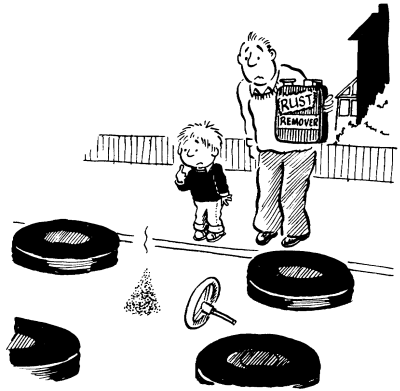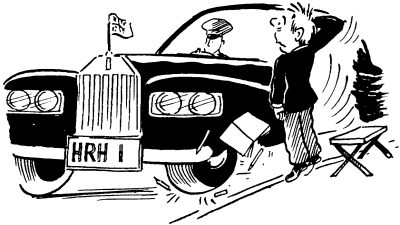|

Collecting Information
Some Questions
Below are some statements and questions about cars. Discuss
how you could find the answers.
Car firms want to know how long spares for each model of car
need to be made. People want to know how long cars are likely to
last.
- How long do cars last?
As people get richer, more people buy cars.
- How quickly is the number of cars growing? How many,
cars are there in Britain?
- Who might need this information?(*)
Car Survey
All cars have number plates. Most British car registrations
end with a letter. This letter tells you when the car was made.
Table 1 - Car registration by
year (United Kingdom).
Cars registered before 1963 have no letter at the end.
Letter A was used for some cars made in 1963.
Letter B was used for all cars made in 1964, C
for 1965 and D for 1966.
Letter E was used for cars made between January and July
31, 1967.
Letter F was used for cars made between August 1967 and
July, 1968.
Table 1 shows how the letters continued.
A new letter is used every August.
- What letter is being used now?
- Why do you think the letters I,
O, Q
and U were
omitted?
You are going to work in groups of three and do a survey to
find out how old cars are. You will find the end letter of the
registration number of 200 cars. One person calls out the
letters. A second person records them, using tally marks. A third
person keeps a count until 200 cars have been recorded.
You will need page R1 as a record sheet.
- What problems do you expect?
How might you overcome them?
In your survey:
COUNT only private cars and small vans.
IGNORE lorries, buses, taxis, etc.
IGNORE red registration plates, Q, Z or cars
with foreign registration plates.
- Why do you think buses and lorries are not
counted?
- Why are cars with foreign registration plates not
counted?
- Some cars have special number plates (e.g. HRH
1).
How would this affect your sample?
Make arrangements with your teacher so that you may do your
survey.

Results
Table 2 gives the results of a survey
done in Rochdale on Thursday, August 31, 1978. Figure
1 shows the same results as a bar chart.
- Make a table of your results.
- Draw a bar chart of your results. This shows the
DISTRIBUTION Of your sample.
Table 2 - Results of Rochdale
car survey.

Figure 1 - Rochdale car survey
Of all the letters in the Rochdale sample, S was the
most common. S is called the MODE of the distribution.
- What is the mode of your distribution?
- There are more S-registered
cars than T-registered
cars in the Rochdale sample - Why? (Hint - look at the
month when the survey was made.)
- Which letter is being used now? Is this the most
common in your sample? Can you explain?
- In the Rochdale sample, there are only six cars
with the letter F
or earlier. There are about the same number with the
letter G or H.
Why? Write a similar statement about the older cars of
your sample.
- Half the cars in the Rochdale sample were P-registered
or newer. Write a similar statement about your sample.
- Write two sentences to describe your results.
Class Results
If you combine your results with others, you will get a bigger
sample of cars.
- When might it be misleading to combine results?
- When is it reasonable to add results together?
- Is it sensible to add your class results?
- You must be careful not to count the same cars at
the same time, twice.
|